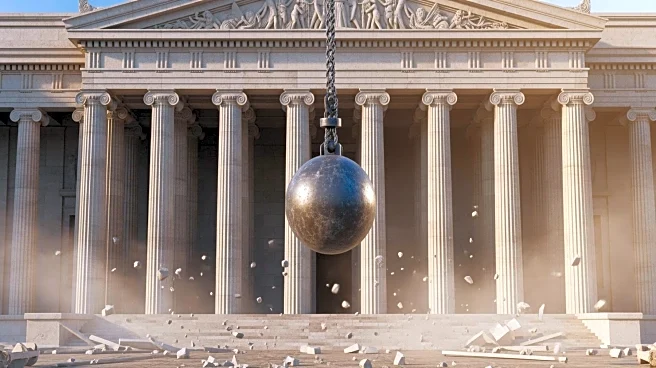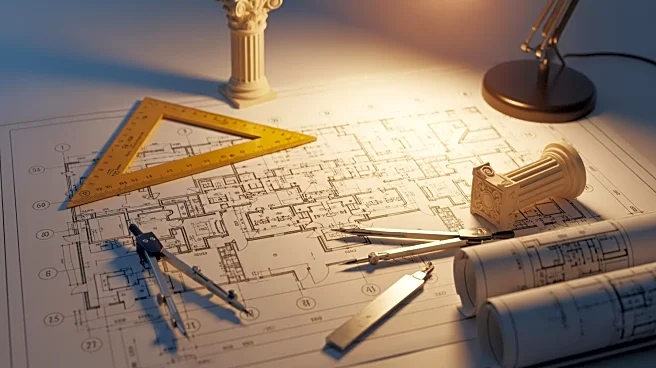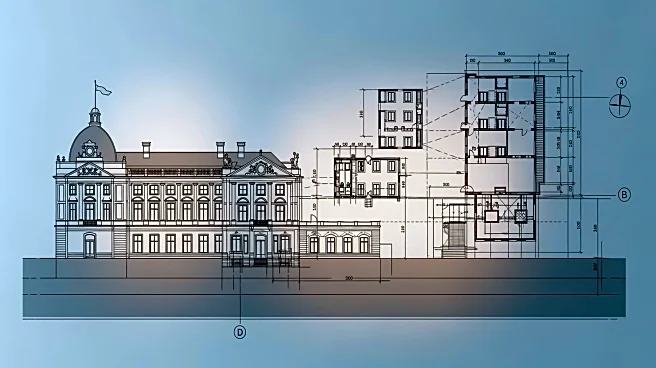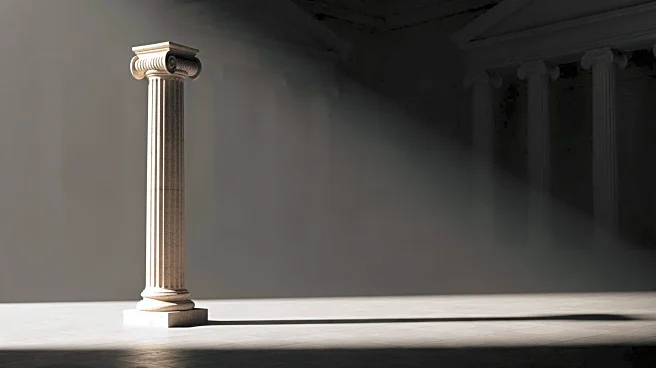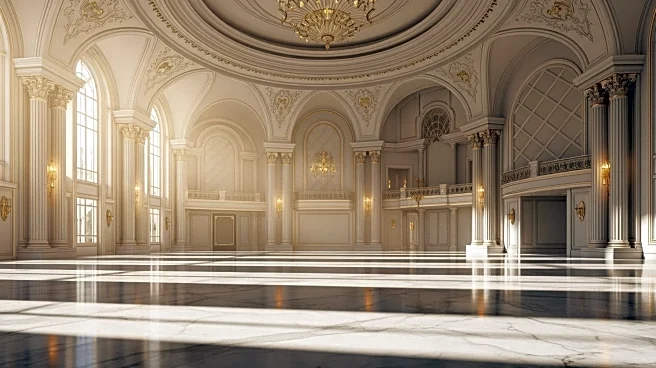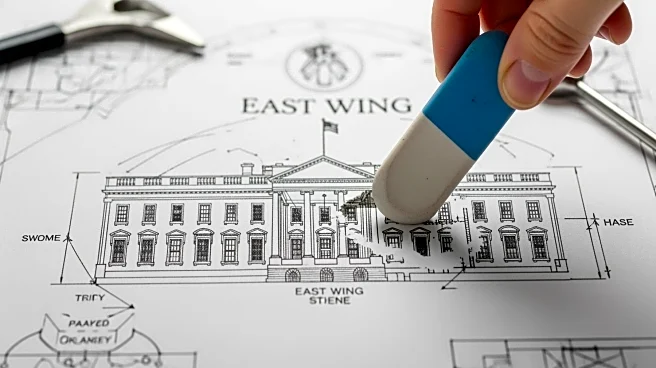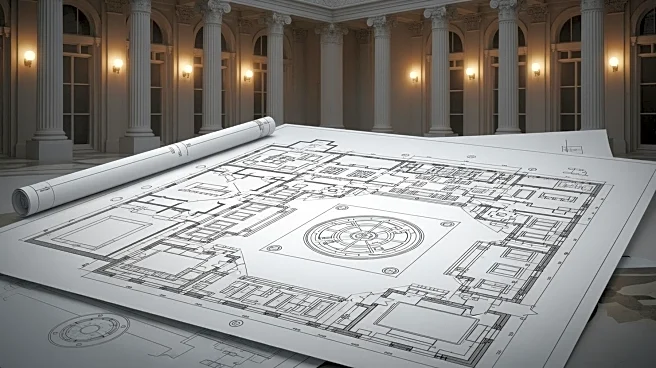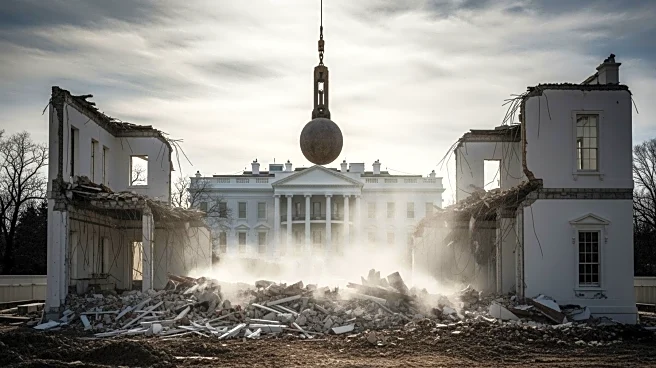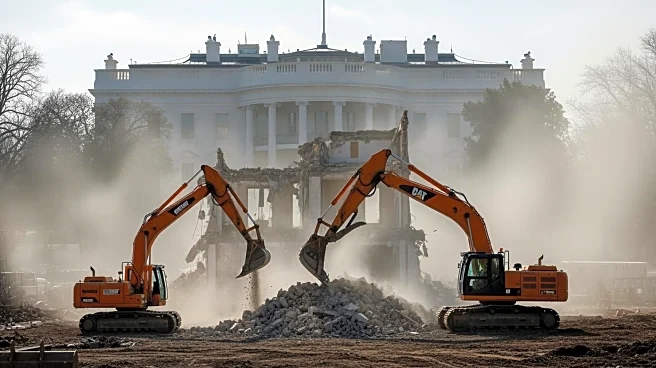What's Happening?
Between October 20 and 23, sections of the White House's East Wing have been demolished to facilitate the construction of a new $300 million ballroom, as planned by President Donald Trump. This development
is part of a broader initiative to expand the White House's event-hosting capabilities. The demolition marks a significant change to the historic structure, with the project being funded privately by President Trump and various corporate donors. The ballroom is intended to enhance the White House's ability to host large-scale events and gatherings.
Why It's Important?
The demolition of the East Wing for the ballroom project represents a significant alteration to the White House, a building of historical and cultural importance. This initiative highlights the growing trend of private funding in public projects, raising questions about the influence of corporate donors and the transparency of such endeavors. The project also underscores the administration's focus on enhancing the White House's facilities, potentially setting a precedent for future renovations. The involvement of major corporations in funding the project may prompt discussions about the ethical implications of such contributions.
What's Next?
As the project moves forward, the focus will shift to the construction phase and the project's ability to meet its financial and operational goals. The administration will need to address any concerns about the impact on the White House's historical integrity and manage public perception. The involvement of private donors may lead to further scrutiny and discussions about the role of corporate influence in government projects. Stakeholders will be closely monitoring the project's development, particularly in terms of its execution and the benefits it promises to deliver.
